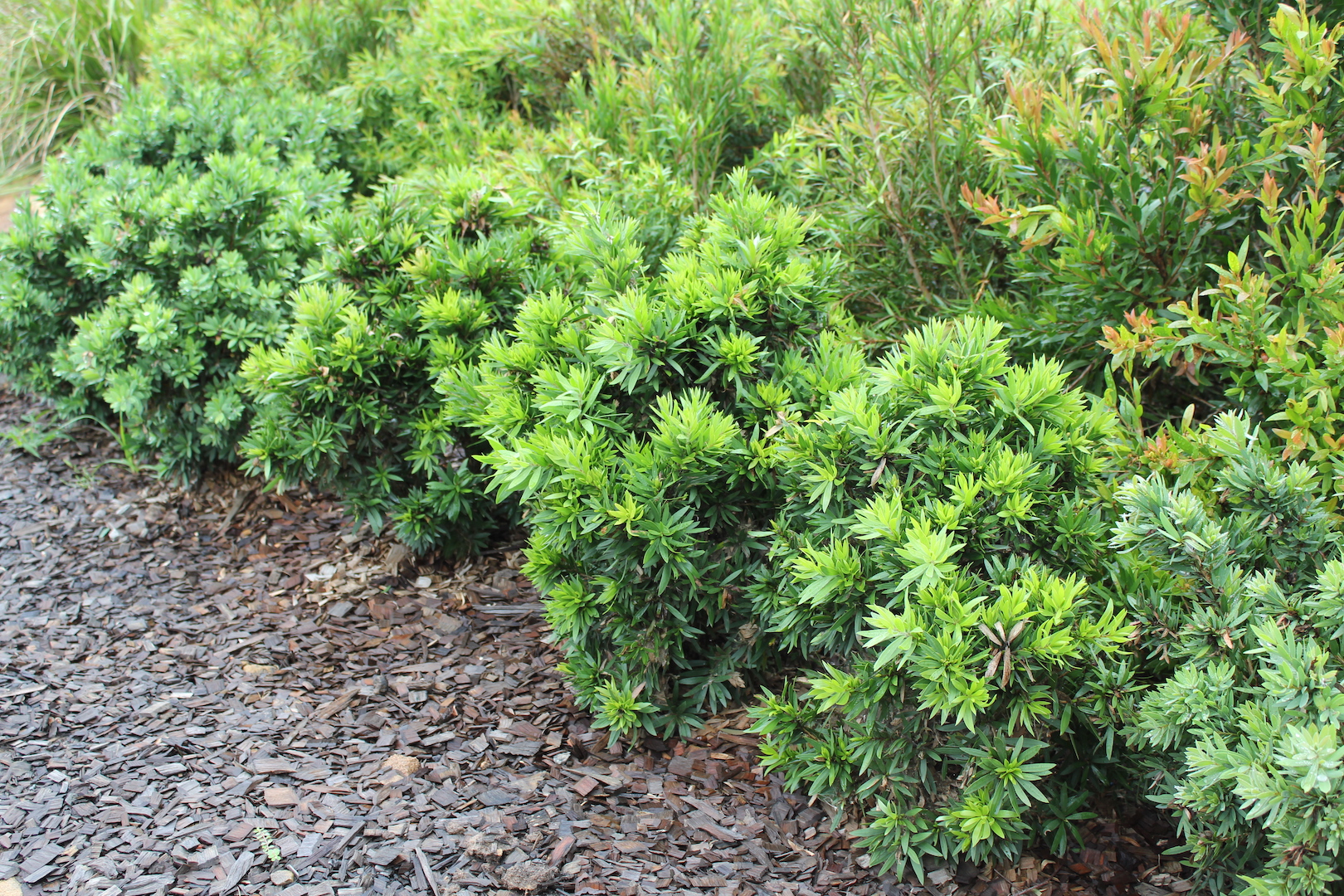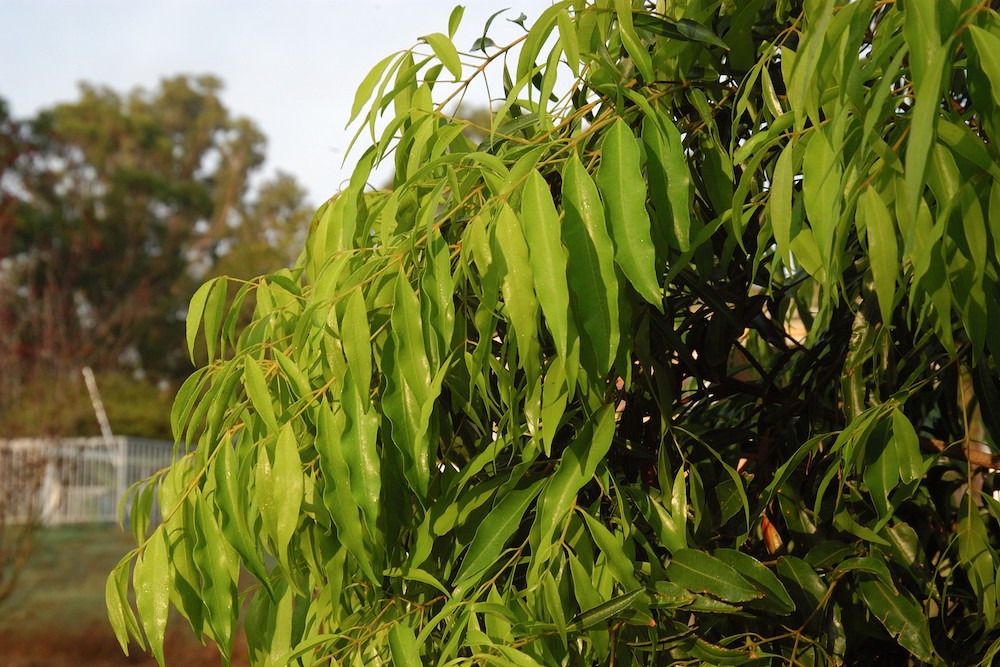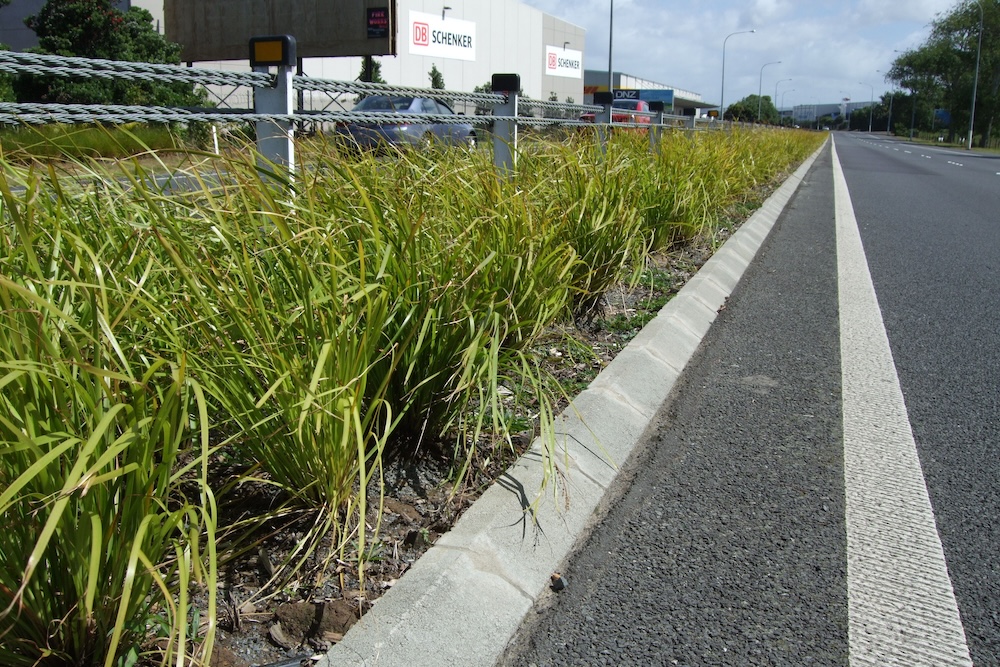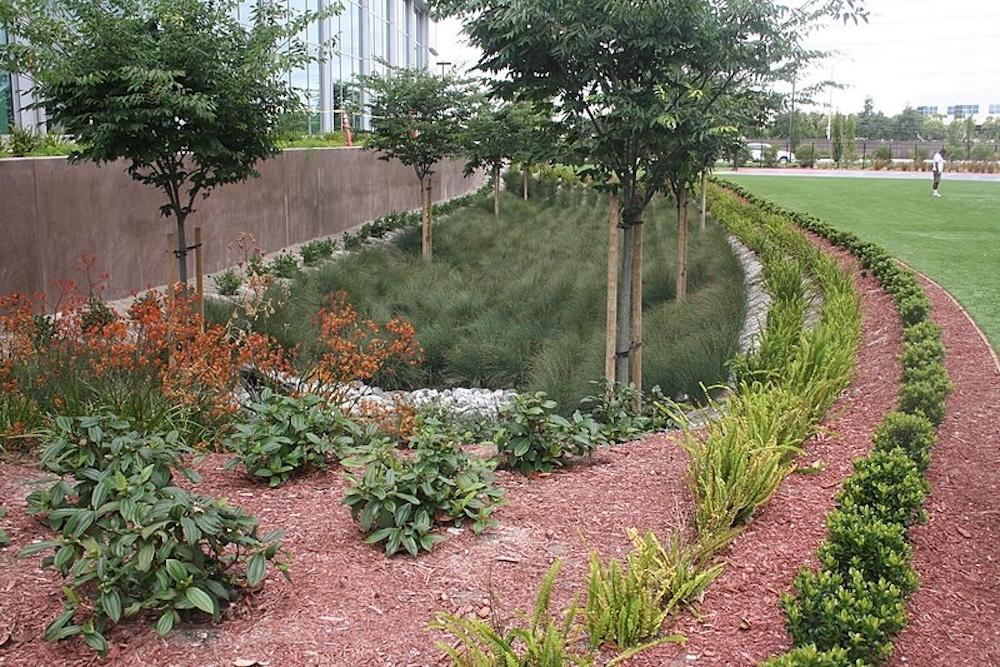Plants, including those in your backyard, can be one of our most effective tools in battling climate change.

Recent Research Into Myrtle Rust Resistance on Australian Natives
Ozbreed Plants found to be Highly Resistant to Myrtle Rust
Myrtle Rust is a recently discovered fungus that can have devastating effects on many popular plants. It is very distinctive, producing masses of powdery bright yellow spores on infected plant parts consisting of spore-filled lesions on young growing leaves, shoots, flower buds and fruits.
Myrtle rust affects plants belonging to the Myrtaceae family including popular Australian natives such as Callistemons, Lilly Pillies, Tea Trees and Eucalyptus.
Infection on vulnerable plants can have a devasting affect on the plant, resulting in the leaves becoming distorted and buckled, and sometimes even plant death.
Understandably people have recently become weary of chosing popular Bottlebrush and the like, based on the risk that Myrtle rust poses.
However, recent research into the effects of the fungus have shown that there are in fact many varieties of Australian natives available on the market that are resistant to Myrtle Rust.
This research conducted by Dr. Karanjeet Sandhu, a Myrtle Rust Pathologist from the University of Sydney, concluded that varieties of Bottlebrush and other native shrubs and trees in the Myrtaceae family can offer varying degrees of resistance to this toxic fungus.
Many plant varieties were tested, and Ozbreed are proud to announce that many of our exclusively bred natives performed outstandingly, with some even given a status of ‘highly resistant’ as summarised below.

Highly Resistant to Myrtle Rust:
SLIM™ (Callistemon viminalis ‘CV01’ PBR) – a unique Callistemon with narrow growth habit.
GREEN JOHN™ (Callistemon viminalis ‘LJ23’ PBR) – dense growing with light green foliage.
FLORA BURST™ (Callistemon viminalis ‘CC06’ PBR) – self cleaning bottle brush with masses of flowers.
SUBLIME™ (Acmena smithii ‘DOW30’ PBR) – a mid sized lilly pilly with lush lime green growth.
RED HEAD™ (Acmena smithii ‘BWNRED’ PBR) – a dense growing acmena with bright red new growth.
LUSCIOUS® (Tristaniopsis laurina ‘DOW10’ PBR) – a great native alterative to Magnolias.
SWEEPER™ (Waterhousea floribunda ‘DOW20’ PBR) – an improved variety with a heaving weeping habit.
Moderately Resistant:
RED ALERT™ (Callistemon viminalis ‘KPS38’ PBR) – a compact bottle brush hedge with new red growth
BETTER JOHN™ (Callistemon viminalis ‘LJ1’ PBR ) – a ‘better’ bred Callistemon
These results provide a welcomed relief for plant lovers Australia wide. If you live in a region that is particulary prone to Myrtle Rust, or even wish to just play it safe, then chosing any of the above-mentioned plants will provide piece of mind.
Now you can safely plant your favourite natives and now is the right time of year to do it.




This Post Has 0 Comments